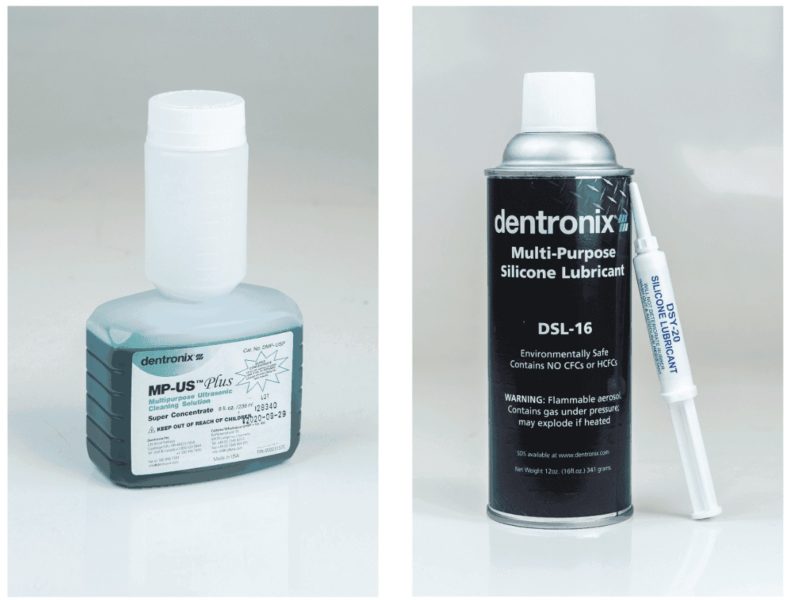
Editor’s intro: Dental instrument care, including cleaning, maintenance, and sterilization, can extend the life of your investment.
Orthodontic pliers represent a significant investment within a typical ortho-dontic practice. Accordingly, it makes good business sense to understand and apply best practices of care to protect your investment and to help assure a high degree of precision in the clinical tasks they were designed to support.
Within the basic conventional instrument reprocessing protocol of rinsing, ultrasonic cleaning, and sterilization, there are multiple opportunities to accelerate or minimize damage. The choices you make in the supplies you select and the equipment you choose can have a profound effect on the life of your instruments. Here are three areas to pay special attention to:
Cleaning
Conventional protocol calls for rinsing of pliers in running water then immediately placing them in an ultrasonic cleaner. Allowing pliers to linger between these steps can allow for corrosion to begin. To further reduce the risk of corrosion, choose your ultrasonic cleaning solution carefully — not all solutions are equal in the effect they have on pliers. In fact, the wrong solution can accelerate corrosion and degrade your instruments. Orthodontic pliers require a solution that is non-ionic, non-enzymatic, phosphate-free, pH-neutral, and if possible, includes a rust inhibitor. Dentronix® MP-US Plus Concentrate, has all of these features and requires no rinsing and carries no odor.
Maintenance
Like any mechanical investment, orthodontic pliers will benefit from routine care and maintenance. Typically, a once-weekly routine is enough to keep your pliers in good working order. Inspect the tips for sharpness, signs of damage or corrosion, and have the inserts repaired or replaced if needed. Dentronix and other providers offer this service. At the same time, lubricate the plier joint to ensure smooth operation and displace trapped moisture. Make sure to use a high-quality food-grade pure silicone lubricant. Apply the lubricant to the joint, and operate the plier several times to work it in. Don’t reach for a can of WD40® or similar petroleum-based lubricant as it may not be suitable for medical device applications and may form residue that restricts the plier joint if using a dry heat sterilizer.
Sterilization

Ideally, orthodontic pliers should be sterilized by the dry heat process. This process is completely inert and will eliminate any moisture present on the plier, minimizing corrosion and extending its life in the process. If dry heat processing is not an option for your practice, select a steam autoclave that offers pre-vacuum/Class B operation. When using steam sterilization, plier tip materials must be a consideration. Look for pliers that are made with long-wearing, autoclavable tungsten carbide inserts or no inserts at all. Pliers made with traditional vanadium cobalt tool steel inserts will rust in an autoclave — dry heat sterilization is their only option.
With a little attention to the details of your plier reprocessing protocol, you can expect your investment to provide a return measured in years of useful service.
This information is provided by Dentronix® brand.
Besides products for efficient dental instrument care, Dentronix also offers a powerful and cordless curing light. Read about it here.
Stay Relevant With Orthodontic Practice US
Join our email list for CE courses and webinars, articles and mores


